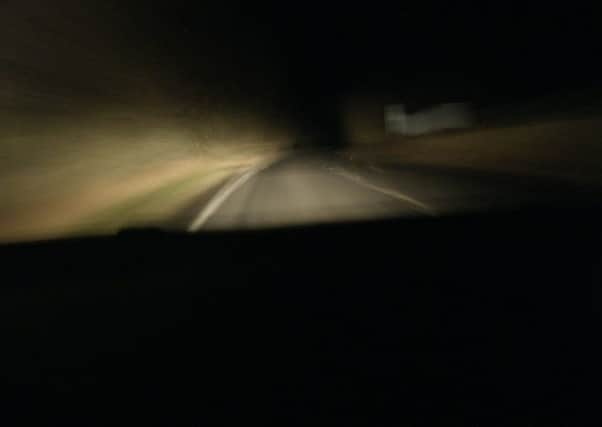When safety features turn to hazards


To protect the workforce, and to make it clear where the traffic has to go, cones are used.
For some reason, apparently known only to the authority carrying out the work, the number of cones has increased enormously over the years to the point where, in my view, they cease to be helpful and become a hazard.
Advertisement
Hide AdAdvertisement
Hide AdA recent addition to the ‘hazard’ has been the running orange lights along the tops of the cones, and once other flashing orange lights are added to the scene, these are sometimes brighter than the little red traffic light, which would be perfectly adequate if it were not set in a scene of delirious orange mayhem.
The situation is particularly hazardous at night when drivers can become completely disorientated.
The flashing orange lights have a dangerous attraction for some drivers. Soon after they began to be used in the Midlands the driver of a minibus full of children crashed into the lorry on which the lights were mounted, whose function was supposed to assist safety, but had exactly the opposite effect.
More recently, I heard of two people who were totally confused when approaching roadworks in Northumberland and were faced with a mass of flashing bright orange lights. They concentrated on trying to find where to go and missed the small red light tucked away in the whirling mass of bright orange. A road worker stepped in front of them and asked if they knew how to reverse.
Advertisement
Hide AdAdvertisement
Hide AdA major improvement in safety at roadwork sites would be achieved by eliminating all the flashing orange lights and providing high-level general illumination so that drivers can make better sense of the situation. Flashing lights are a dangerous distraction, not a help.
While on the subject of lights, it is noticeable that vehicle headlights have become brighter and are often adjusted so critically that when the car hits a bump it appears that the driver has flashed the lights. Drivers now have to be even more alert to the need to dip their lights when necessary, and it is an embarrassment when one has failed to do so, which happens because the headlight dipper is on the same stick as the indicators.
White lines at the side of the carriageway are a really good help in the dark, especially in bad weather, but so often they are not kept clean. The increasing size of lorries and farm vehicles, which can override the verge and spread mud onto the carriageway, or even break it down entirely, means that the white lines – where they exist, which is not everywhere – are obscured.
Approaching permanent hazards such as major road junctions, drivers are often confronted with a mass of road signs, most of which it is impossible to take in from a moving vehicle. The important ones tell drivers which way to go. The rest are more likely to be unhelpful.
Advertisement
Hide AdAdvertisement
Hide AdDrivers are better occupied observing the situation and negotiating the hazard carefully and safely.
There has been some suggestion that it is no longer necessary to provide direction signs because “everybody now has satellite navigation equipment”. That is exactly the sort of thing accountants will seize on to justify removing the useful signs. The unhelpful ones are likely to remain, because that is the nature of things.
• John Wylde is the author of Integrated Transport – a Will-o’- the-wisp? priced £14.95, post paid and signed. Also Experiments in Public Transport Operation, at £11.95. Order at www.john-wylde.co.uk